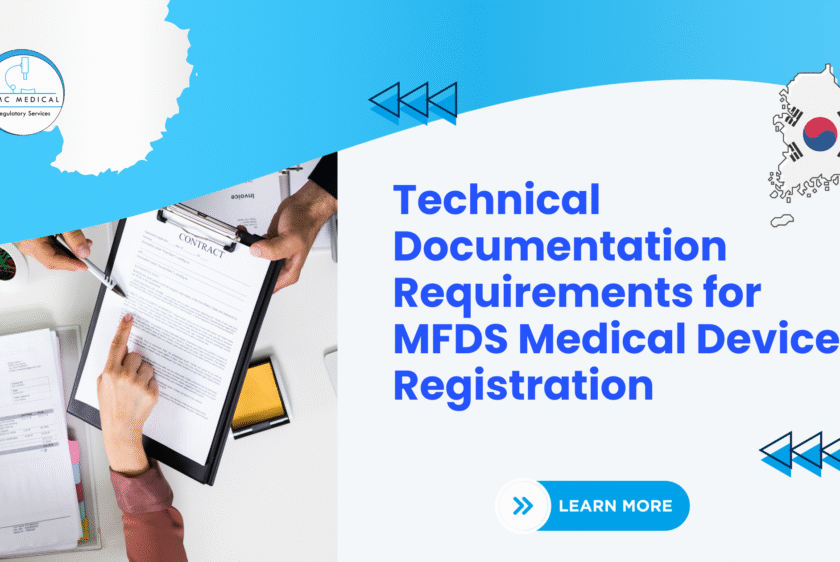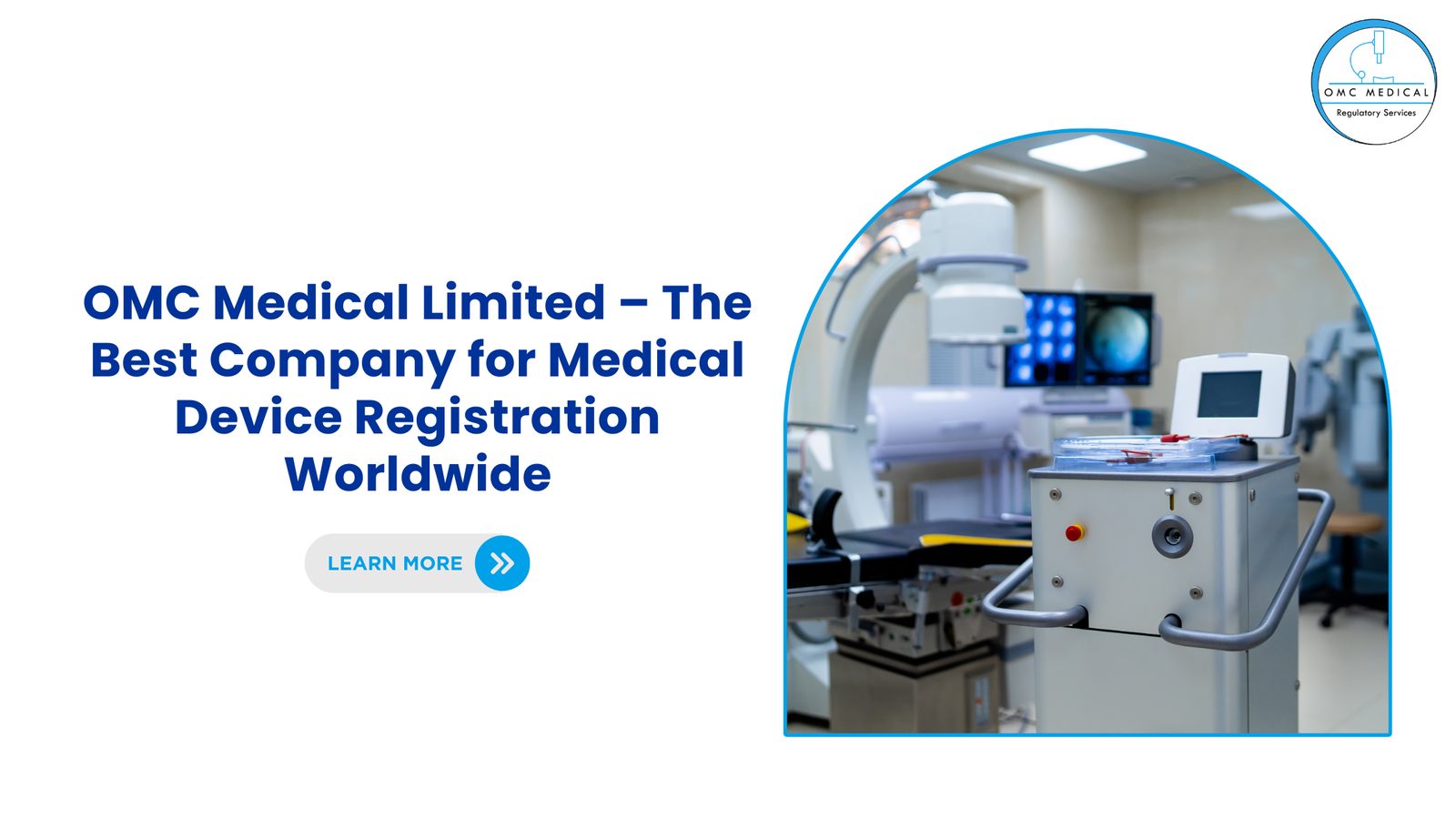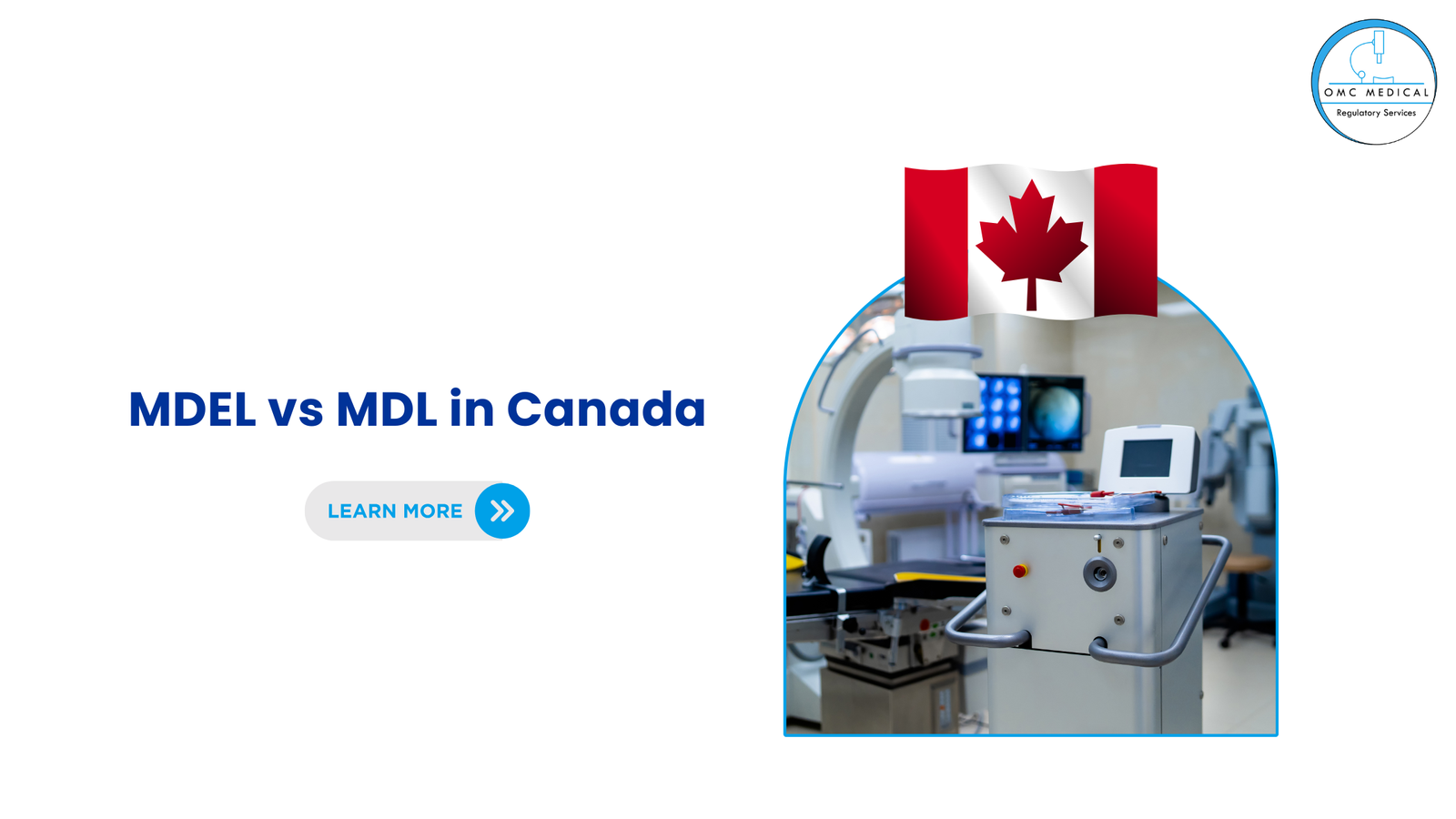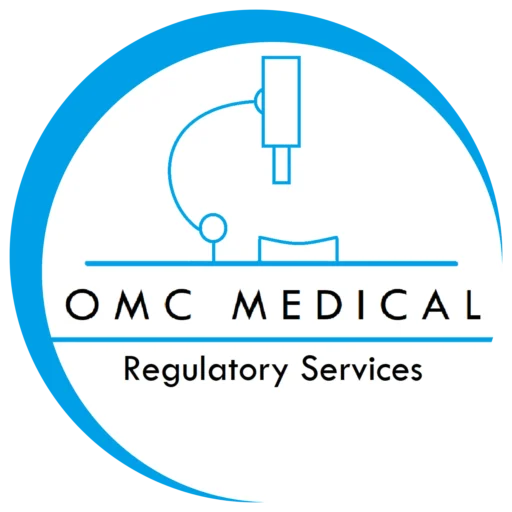When entering the South Korean medical device market, manufacturers must adhere to the Ministry of Food and Drug Safety (MFDS) guidelines. One of the most critical elements in this process is complying with MFDS technical documentation requirements, which serve as the foundation for regulatory review and approval.
Understanding what goes into a compliant medical device dossier Korea is essential for ensuring a smooth registration process and avoiding costly delays or rejections.
Overview of MFDS Technical Documentation Requirements
MFDS classifies medical devices into four categories (Class I to IV) based on risk. The technical documentation required varies depending on the device classification, but in general, all submissions must include a South Korea technical file that contains:
1. Product Overview and Description
- Device name and model
- Intended use and indications
- Summary of features and principles of operation
2. Technical Specifications
- Materials and design components
- Schematics and engineering drawings
- Manufacturing methods
3. Safety and Performance Data
- Clinical data (for Class III and IV devices)
- Pre-clinical and bench testing reports
- Risk analysis (ISO 14971 compliance)
4. Quality Management System (QMS) Certification
- ISO 13485 certificate or equivalent
- For Class II and higher devices, evidence of QMS conformity is mandatory
- Korean Good Manufacturing Practice (KGMP) certification for manufacturers or contract manufacturers
5. Labeling and IFU
- Labels, packaging, and Instructions for Use must comply with Korean-language and regulatory formatting standards
- Mandatory inclusion of cautionary and mandatory use symbols
6. Declaration of Conformity and Other Certificates
- Declaration stating the device complies with applicable MFDS standard.
- Regulatory approvals or market history from other countries (especially useful for foreign manufacturers)
7. Device-Specific Documents
Depending on the device type, additional documents like software validation, biocompatibility studies, or electrical safety reports (IEC 60601 compliance) may be required.
It’s essential to always check the most current version of these notices on the MFDS official website as regulations may be updated.
Challenges in Compiling Device Registration Documents Korea
For non-Korean manufacturers, preparing and translating a compliant dossier can be complex due to:
- Language barriers
- Differences in regulatory expectations vs. EU/FDA
- Local formatting and submission protocols
- KGMP audit scheduling and interpretation
How OMC Medical Can Help
At OMC Medical, we specialize in supporting foreign manufacturers in navigating MFDS technical documentation requirements with ease and precision.
Our services include:
- Gap analysis of your existing EU/US technical documentation vs. MFDS requirements
- Preparation and translation of a compliant South Korea technical file
- Assistance with KGMP certification and local QMS documentation
- Regulatory strategy and communication with MFDS on your behalf
- Acting as your Korean Authorized Representative (KAR) if needed
Whether you are registering a Class II diagnostic device or a high-risk Class IV implant, OMC Medical ensures that your device registration documents Korea are in full compliance and submitted without error or delay.
Conclusion
Understanding and preparing MFDS-compliant technical documentation is non-negotiable for successful market entry in South Korea. With the right guidance and regulatory support, you can ensure timely approval and ongoing compliance.
Contact OMC Medical today to learn how we can streamline your medical device registration process in South Korea.







